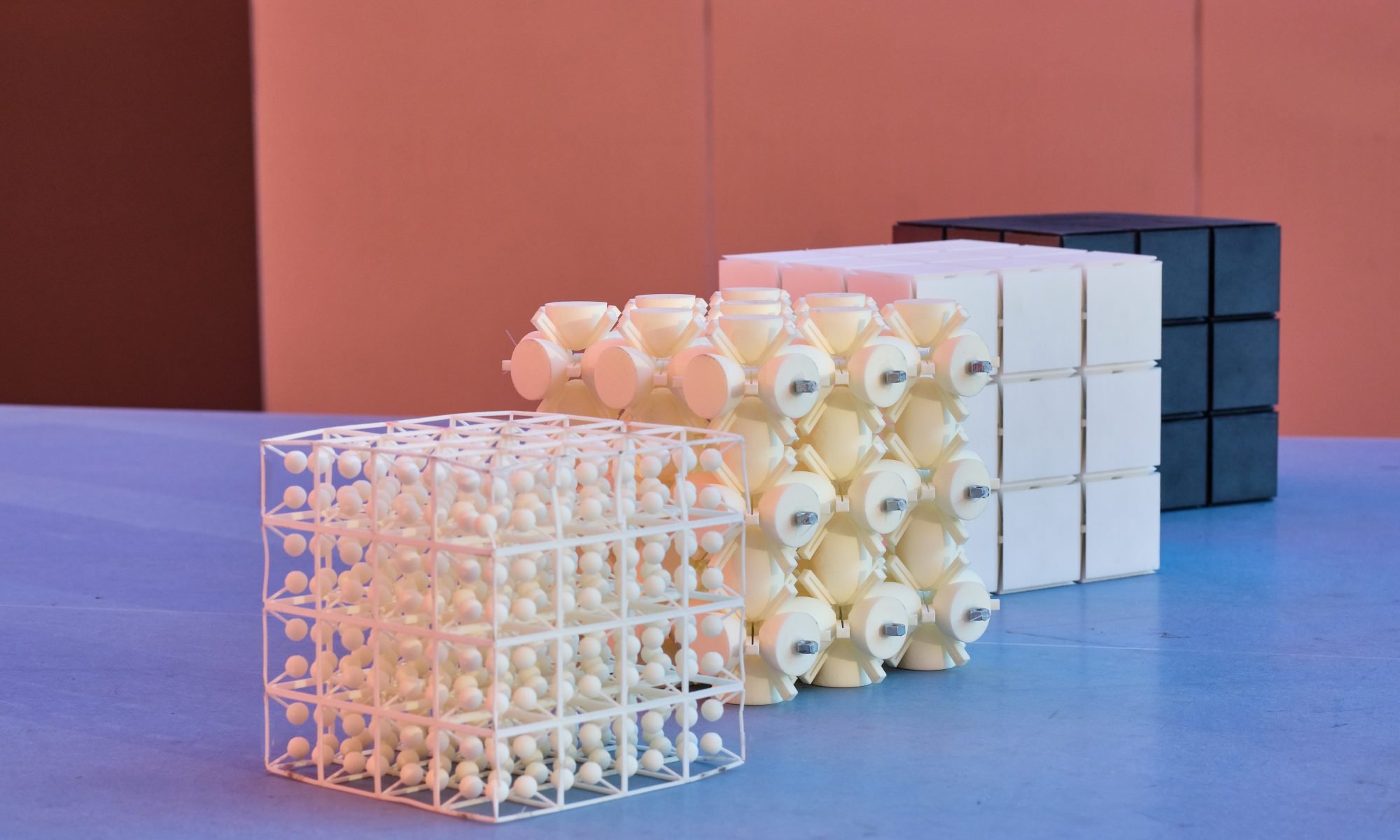
A new unobtrusive, spray-on material can dramatically improve the acoustics of a room without changing its appearance. The result is a space that reverberates less without affecting the room’s design or architecture. The acoustic material, developed by Aalto University researchers in partnership with the company Lumir, is a fibre mass made out of wood cellulose. When sprayed onto a surface, it forms a porous, sound-absorbing layer that follows the underlying shape, writes the university in a press release.
The researchers recently demonstrated the new material in the reading room of an Aalto University building in Helsinki’s Töölö neighbourhood. It used to be the main building of the Aalto University School of Business and is now protected by the Finnish National Board of Antiquities, meaning its appearance must not be altered. With the new acoustic material, the reverberation in the room was easily attenuated while complying with the regulations.
Tapio Lokki, a professor of acoustics at Aalto University, says that the coating significantly improved the acoustics of the room. “Two walls of the Töölö reading room were coated. On one wall, the mass was sprayed over glass wool, and on the other, it was sprayed on its own. With these easy steps, the acoustics of the space improved significantly without changing the appearance of the walls. The noise level in the room was significantly reduced, and the end result will sound even better once furniture and people come in.”

Better acoustics and better for the environment
The material can be used to coat a larger area than can be covered with acoustic panels, which are usually only installed on the ceiling. Lumir has already carried out acoustic improvements at other historical sites, such as the Parliament House and the House of Science and Letters.
Producing the new material doesn’t consume much energy. In fact, the final product is carbon negative – more carbon dioxide is captured in the material than is released throughout the entire production process. It is also very durable, Lokki adds with enthusiasm.”The wall coating in the Töölö reading room will last at least thirty years,” he says.
Lokki and his team are now studying whether cellulose fibres from hardwood or softwood trees provide better acoustic performance in this material. “In our research, we have found that the origin of the fibres also seems to have an impact on acoustics,” he says. “Interdisciplinarity is useful in this work, and we’ve also involved chemists led by Professor Jaana Vapaavuori.”
Selected for you!
Innovation Origins is the European platform for innovation news. In addition to the many reports from our own editors in 15 European countries, we select the most important press releases from reliable sources. This way you can stay up to date on what is happening in the world of innovation. Are you or do you know an organization that should not be missing from our list of selected sources? Then report to our editorial team.



